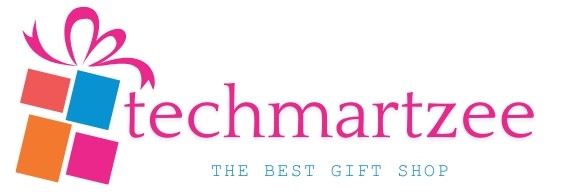Do you know what the ozone widget framework is? No need to worry is. We will tell you. To know, read the guide till the end. The OZONE Widget Framework (OWF) is a framework that enables data from various servers to exchange information within a browser window without returning any data to individual services. The OWF web portal’s unique functionality allows decentralized data alteration. It has a safe, in-browser pub-sub eventing system that enables information sharing across widgets from various domains. OWF is especially well suited for highly distributed companies with legacy stovepipes that need to combine capability since it combines decentralized content with in-browser communications. Use it to create composite tools and quickly link applications.
Background and Present Ozone Situation
By 2010, the Department of Defense and the Intelligence Community were heavily utilizing the Ozone Widget Framework (OWF), which was also expanding. Initially, discussions and decisions regarding the direction of Ozone were made by the GOSS Board (Government Open Source Software), an inter-agency coalition made up of government organizations. The National Defense Authorization Act (NDAA) of 2012, which was the end consequence, mandated that Ozone be made completely open-source (FOSS).
Although the community is open source, a substantial, self-sustaining open-source project has yet to develop from it. With a few contributions from other government contractors and little to no help from outside organizations, one team of government contractors handles practically all of the development work. Ozone’s conventional government use cases have yet to be expanded due to shifting budgetary restrictions and limitations.
OWF was utilized in many situations, including all-in-one packages with widgets for operational deployments and enterprise IT services with highly dynamic widget rosters that users may select from at any time. The ability to move around, use numerous monitors, be intermittent or disconnected, tolerate latency, and other features were frequently requested. Because of its monolithic structure, OWF was forced to provide services for every situation from an individual product package with a single user interface. This “jack of all trades, master of none” approach was unsustainable and started getting bad customer feedback because of recognized performance problems.
The community has been on the verge of disintegrating for the last four years. The risk increased once OWF 8’s OSGi development work was abandoned and declared obsolete. Each Ozone-reliant company must weigh the costs and benefits of joining the Ozone Community, forking Ozone and creating their internal solution, or giving up on Ozone altogether. The majority of Ozone community members concur that if everyone is utilizing the same product as a baseline, their collective worth is significantly higher. Although the benefits of a single, cohesive community using a single product are undeniable, most firms need help finding the resources and knowledge necessary to promote community involvement due to the overhead and outward focus involved. The long-term bias will be toward internal methods or abandoning Ozone to satisfy immediate needs if there is no firm plan for building a community and no strong leadership to carry it out.
